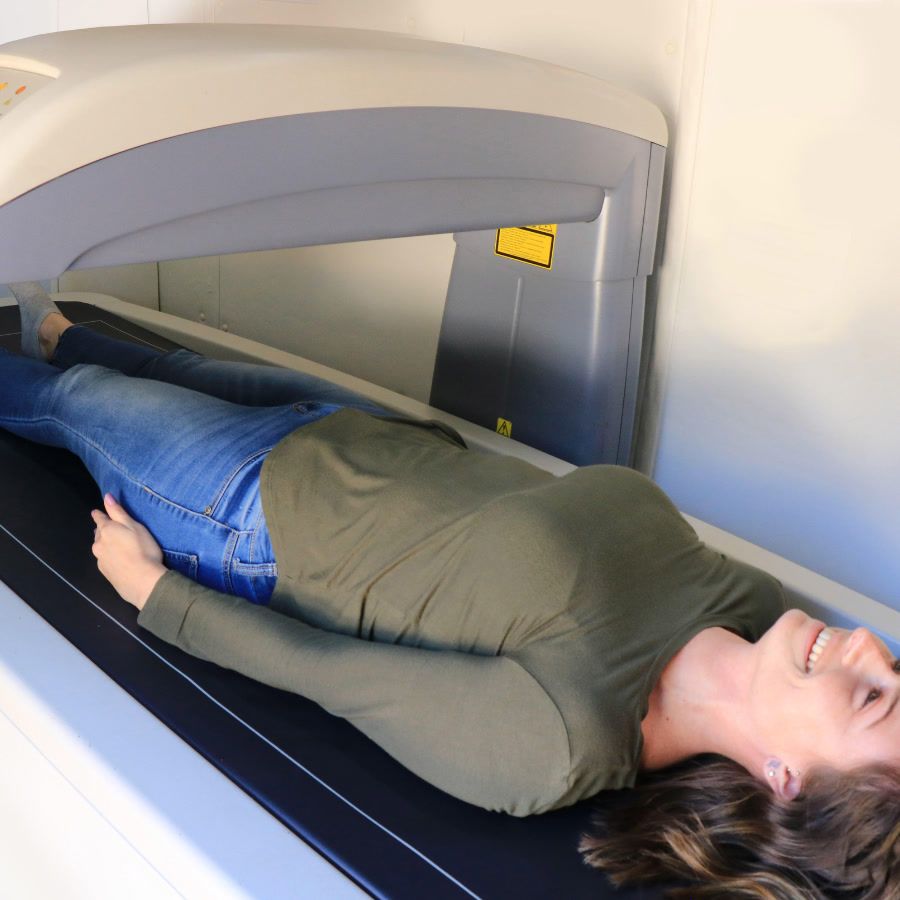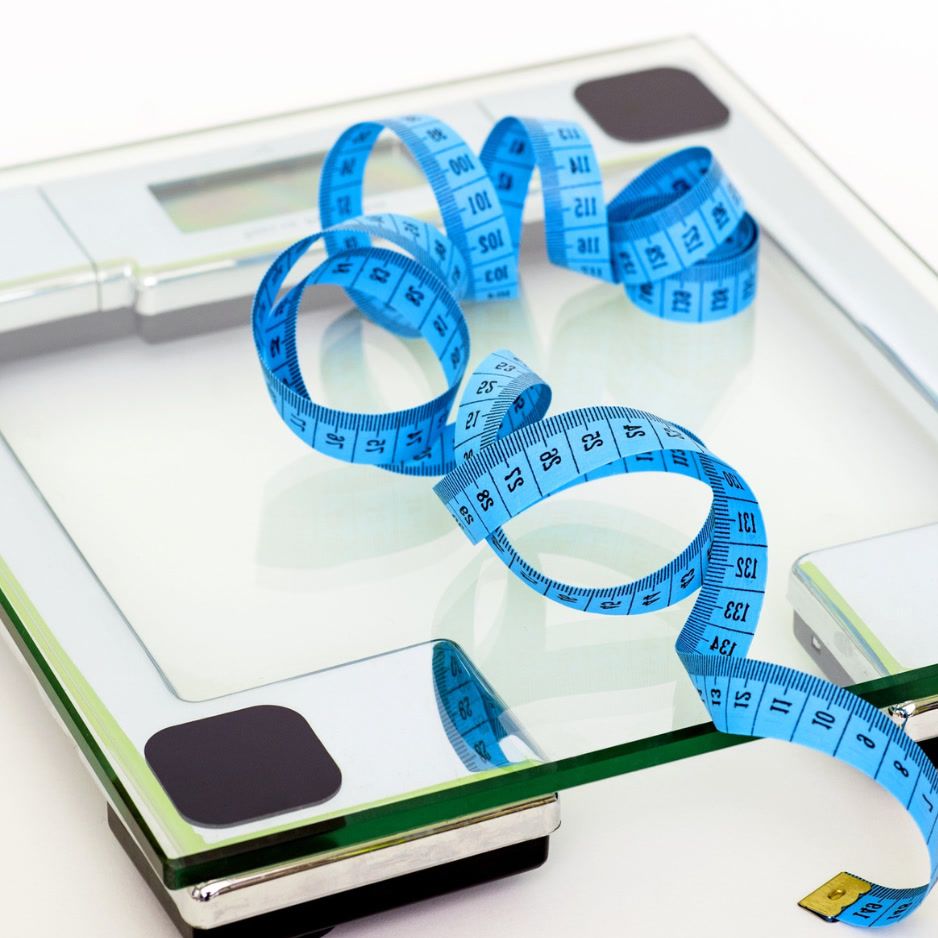CrossFit WOD: How to Scale and Track Your Workouts
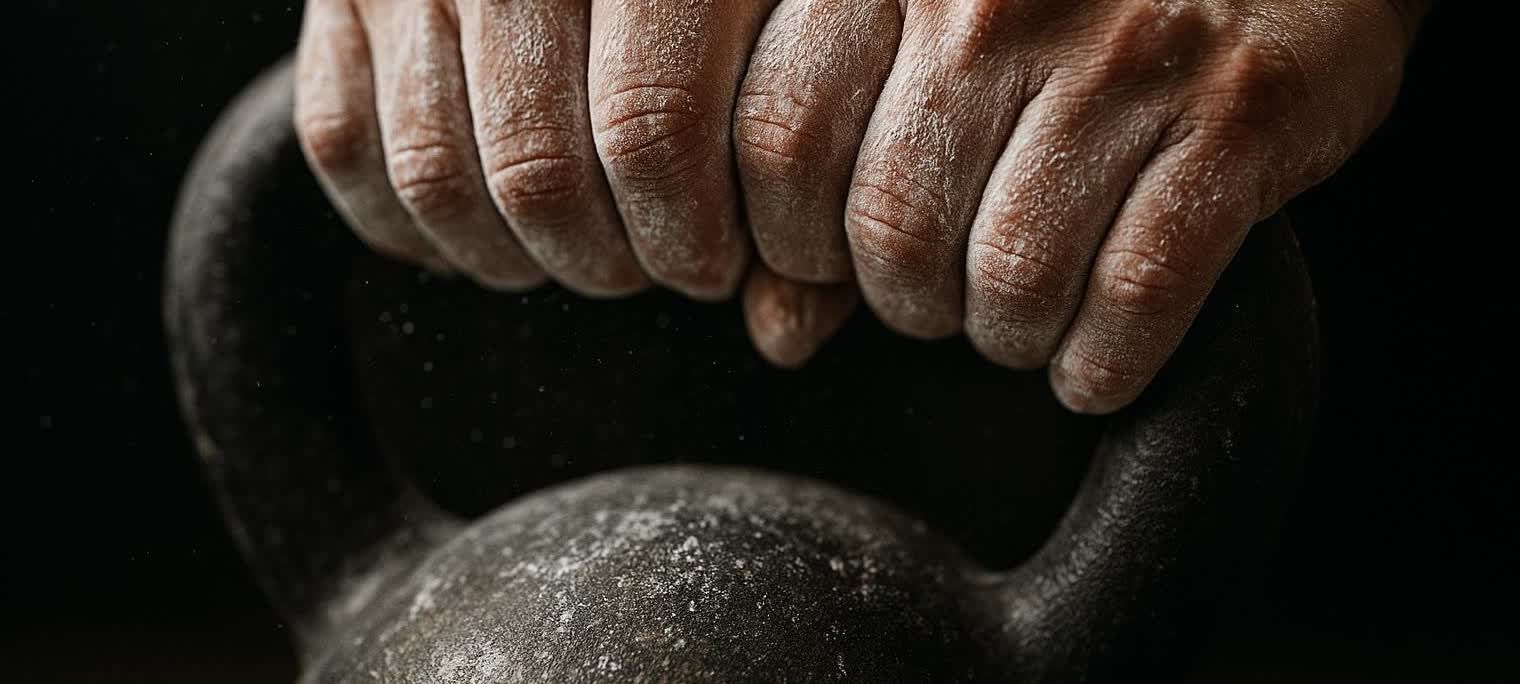
CrossFit WOD: Scale & Track Your Workouts
CrossFit’s Workout of the Day (WOD) is famous—sometimes infamous—for packing a serious fitness punch in a short window. Yet most athletes still wrestle with two questions:
- Which WOD should I do today?
- How do I scale it so I hit the right stimulus without getting hurt?
This guide solves both problems. You’ll get:
- A quick primer on what makes a CrossFit WOD tick
- A curated library of beginner-friendly to advanced workouts you can try anywhere
- Expert scaling guidelines based on principles from CrossFit HQ
- Tips for measuring progress using regular DEXA scans
Ready to train smarter? Let’s dive in.
What Exactly Is a CrossFit WOD?
In CrossFit, the WOD (Workout of the Day) combines strength, gymnastics, and cardio in constantly varied formats— all performed at high intensity. Think thrusters, pull-ups, box jumps, and rowing mixed into structures like AMRAPs (as many rounds as possible), EMOMs (every minute on the minute), chippers (a long series of movements completed sequentially for time), or For Time workouts where you race the clock to finish a set amount of work.
If you’re new to the CrossFit universe, here are a few more terms you’ll see on whiteboards:
- Rx – The "as prescribed" version of a workout (standard weights and movements).
- Scaled – A modified version to match an athlete’s current capacity.
- Box – A CrossFit gym.
- PR – Personal record; your best score or heaviest lift to date.
- MetCon – Metabolic conditioning workout, usually short and intense.
- For Time – Complete the listed work as fast as possible; your score is the total time.
Why the obsession with intensity? Because power (work ÷ time) is a primary driver of fitness adaptations, a principle CrossFit refers to as hitting the stimulus.
The “Stimulus” Rule: Why Scaling Beats Suffering
Ever see a whiteboard prescribe “Fran” at 95 lb but you’re stuck at a 65 lb thruster? Good news: scaling isn’t a cop-out— it’s mandatory. According to CrossFit HQ, the goal is to preserve the intended stimulus of the workout (heavy, sprint, volume grind, etc.) rather than Rx at all costs.
Five stimulus levers:
- Feel (lungs vs. muscle burn)
- Loading (heavy, moderate, light)
- Time (short <7 min, medium 8–15, long 16+)
- Volume (total reps)
- Movement patterns (push, pull, hinge, squat)
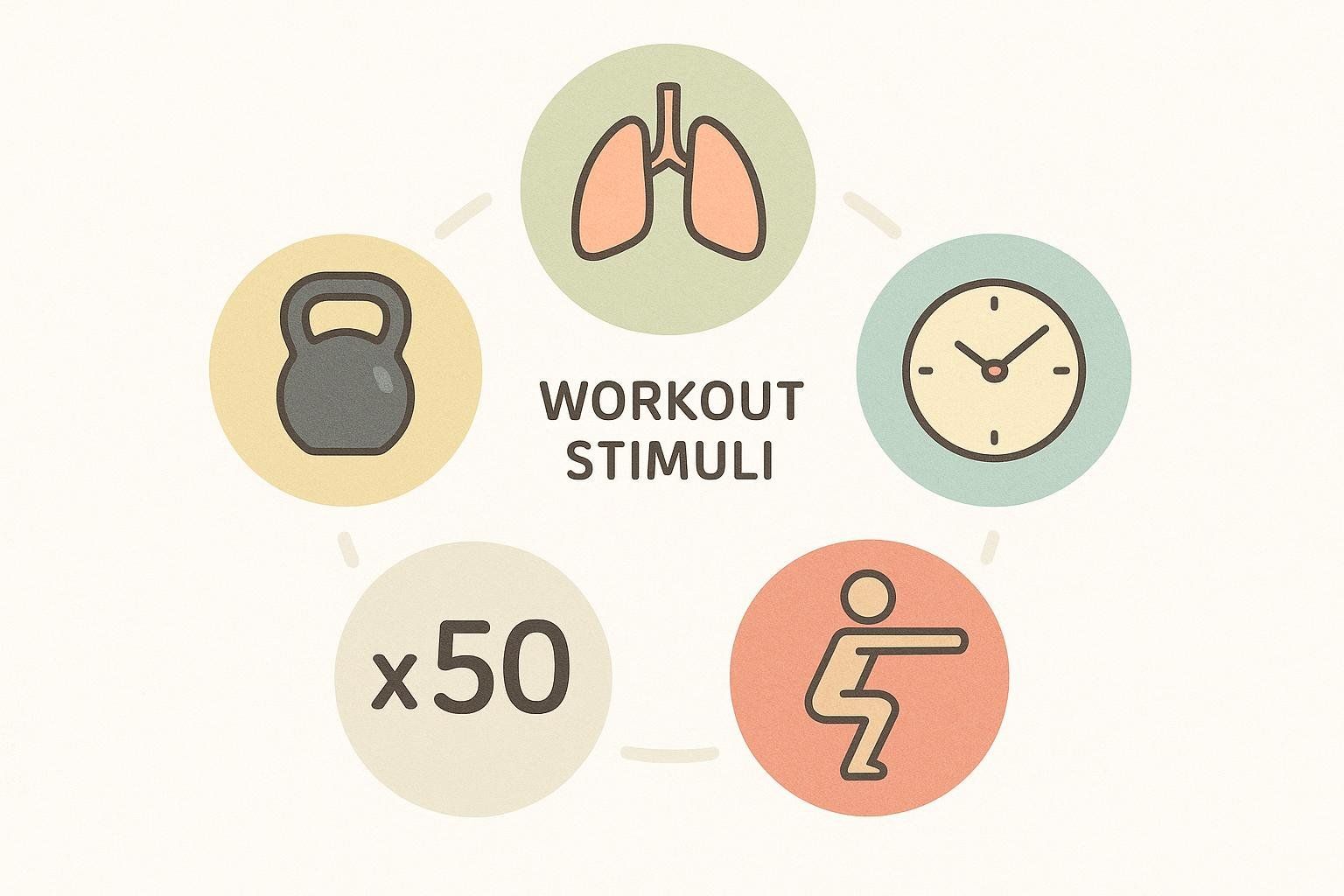
If you can’t finish “Fran” in under 6 minutes, lighten the load or drop pull-up reps so you can sprint, not slog. This simple shift keeps intensity high—ensuring a greater return on your effort.
Scaling Priority
- Reduce load first (e.g., 95 lb → 65 lb).
- Then trim reps (21-15-9 → 15-12-9).
- Finally, modify the movement (pull-ups → jumping pull-ups).
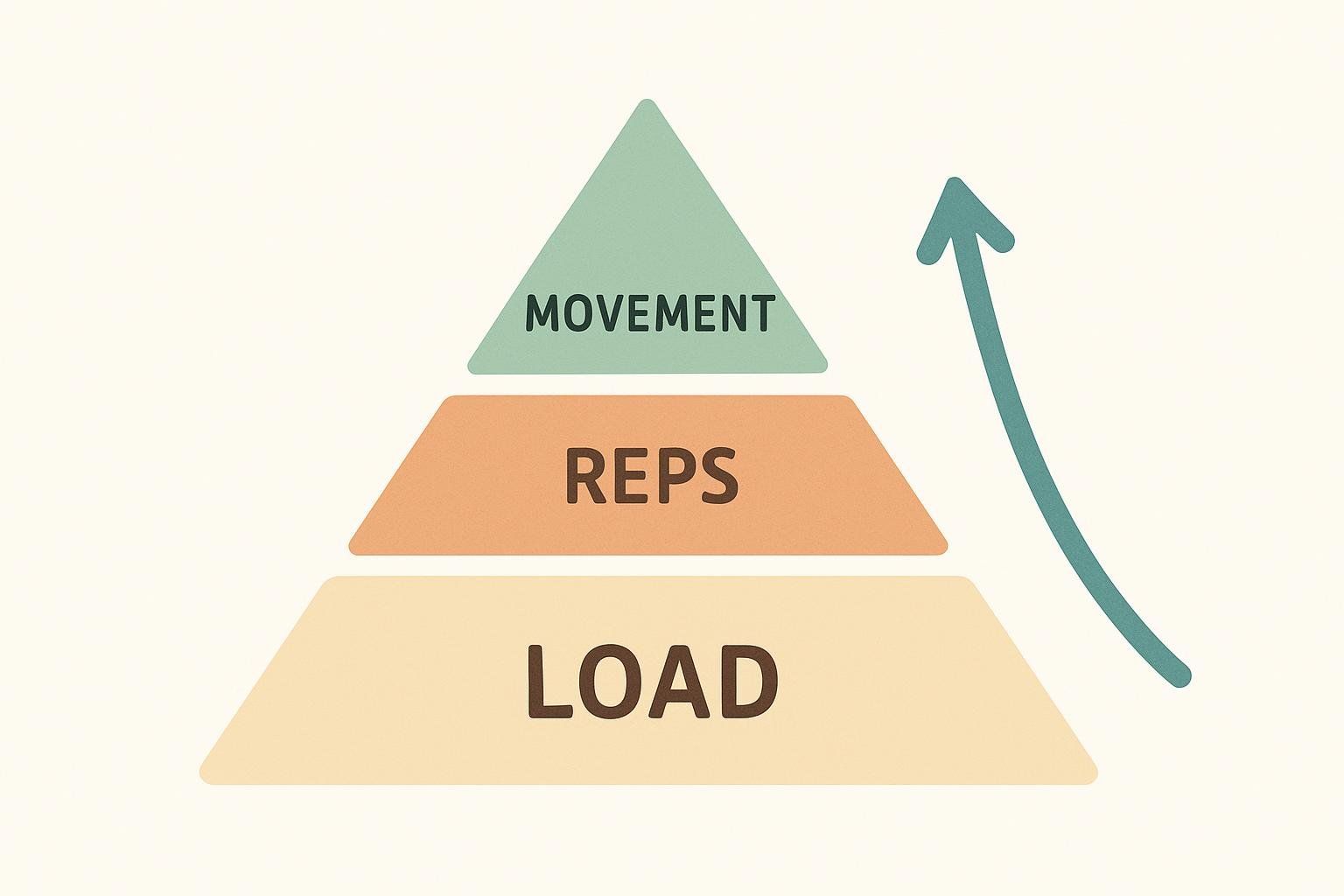
CrossFit WOD Library
This guide includes a library of 14 versatile workouts categorized by skill level, equipment, and time. Pick one that fits your goals today.
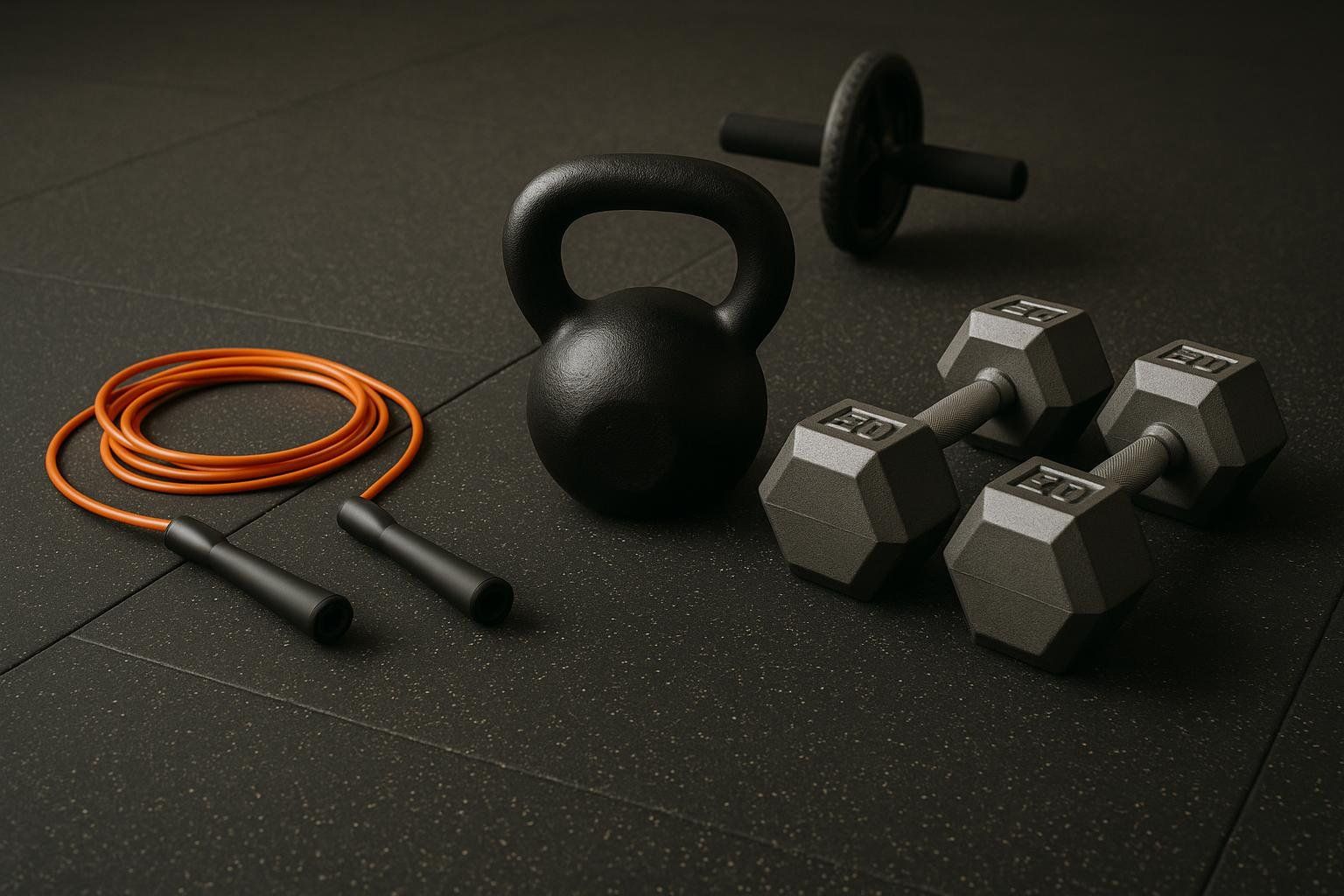
| # | Goal & Time | Skill Level | Equipment Needed | Format | Workout |
|---|---|---|---|---|---|
| 1 | Full-body / 15 min | Beginner | Bodyweight | AMRAP 15 | 5 Push-Ups, 10 Air Squats, 15 Jumping Jacks |
| 2 | Conditioning / 12 min | Beginner | Jump Rope | EMOM 12 | Odd: 40 Single Unders • Even: 8 Burpees |
| 3 | Strength-Endurance / 20 min | Intermediate | 1 Kettlebell | Chipper | 50 Goblet Squats, 40 Russian Swings, 30 Sit-Ups, 20 Push-Ups, 10 Burpees • 20-min cap |
| 4 | Sprint / 7 min | Advanced | Barbell | For Time | 21-15-9 Thrusters (95/65) + Bar-Facing Burpees • 7-min cap |
| 5 | Core & HIIT / 4 min | Beginner | None | Tabata | Alternate Hollow Hold & Mountain Climbers |
| 6 | Mixed Modal / 14 min | Intermediate | Dumbbells | EMOM 14 | Odd: 12 Dumbbell Snatches (50/35) • Even: 12 Box Step-Ups |
| 7 | Endurance / 30 min | Intermediate | Row/Bike/Run | AMRAP 30 | 400 m Row, 400 m Run, 40 Double Unders (or 80 Single Unders) |
| 8 | Upper-Body Pump / 10 min | Beginner | Resistance Band | AMRAP 10 | 10 Band Rows, 10 Band Press-Downs |
| 9 | Garage-Friendly / 18 min | Intermediate | Sandbag | AMRAP 18 | 10 Sandbag Cleans, 20 Walking Lunges |
| 10 | Lunch-Break / 9 min | All | None | EMOM 9 | Odd: 12 Air Squats • Even: 6 Burpees |
| 11 | Heavy Day / 15 min | Advanced | Barbell | Every 90 s × 10 | 3 Power Cleans @ 75–85% |
| 12 | Gymnastics / 12 min | Intermediate | Pull-Up Bar | EMOM 12 | 3–5 Kipping Pull-Ups |
| 13 | At-Home / 10–15 min | Beginner | Chair | For Time | 50 Chair Dips, 50 Sit-Ups, 50 Air Squats • Target 10–15 min |
| 14 | Dumbbell / 15 min | Intermediate | 2 Dumbbells | AMRAP 15 | 10 Dumbbell Thrusters, 10 Renegade Rows |
Abbreviation legend: AMRAP = as many rounds as possible; EMOM = every minute on the minute; Tabata = 8 rounds of 20 s work / 10 s rest; “@ 75–85%” refers to percent of one-rep max (1RM).
How to use it
- Decide your time budget and equipment.
- Use the Goal & Time column to match the workout’s primary focus to your training needs.
- Scale reps or load until you can keep moving nearly nonstop.
Example Workouts with Scaling Notes
Below are three real-world examples showing how a coach might tailor the same workout for different ability levels.
Day 1: “Helen Remix”
400 m Run + 21 Kettlebell Swings + 12 Pull-Ups × 3 rounds
| Level | Run | Swings | Pull-Ups | Target Time |
|---|---|---|---|---|
| Beginner | 300 m | 15 Swings (26 lb) | Ring Rows | 12–14 min |
| Intermediate | 400 m | 21 Swings (35 lb) | Banded Pull-Ups | 9–11 min |
| Advanced | 400 m | 21 Swings (53/35 lb) | Chest-to-Bar Pull-Ups | ≤ 8 min |
Coaching Focus: Keep continuous movement and a steady heart rate. Beginners swap in less technical movements (ring rows) to minimize rest. Advanced athletes add Chest-to-Bar Pull-Ups to raise the gymnastics skill ceiling under fatigue.
Day 2: “Home Office AMRAP” – 20 Minutes
As many rounds as possible in 20 minutes of: 10 Chair Dips • 15 Air Squats • 20 Mountain Climbers (10 per side)
| Scaling Tip | Why |
|---|---|
| Elevate hands on a counter for dips to reduce shoulder discomfort | Preserves push stimulus while protecting shoulder joints |
| Use a medicine ball to squat to depth if mobility is limited | Ensures safe, full-range squats for better technique |
| Increase mountain climbers to 40 reps if core endurance is high | Increases cardiovascular demand and core time-under-tension to keep the workout challenging |
Day 3: “Barbell Bash” – Every 2 Minutes × 8 Sets
| Level | Movement Variation | Coaching Focus |
|---|---|---|
| Beginner | 5 Front Squats from Rack | Master squat mechanics with a stable load before adding the pull-from-floor component. |
| Intermediate | 3 Squat Cleans @ 70% 1RM (one-rep max) | Refine Olympic-lift technique at a moderate load to build speed and precision. |
| Advanced | 3 Squat Cleans @ 75–80% 1RM | Develop explosive power by lifting a heavier load within the same time constraint. |

Tracking Results: Why Your Body Needs More Than a Stopwatch
Whiteboard scores are motivating, but they don’t reveal where that new power output comes from. Is it more muscle? Less fat? Stronger bones?
A DEXA scan provides precise measurements of lean mass, fat mass, and even visceral fat, offering data you can use to:
- Verify that high-intensity training is building—not burning—muscle
- Spot asymmetries (e.g., right-arm dominance from snatches)
- Fine-tune fueling if weight is static but body fat isn’t
Frequently Asked Questions About CrossFit WODs
What’s the difference between AMRAP and EMOM?
An AMRAP pushes you to finish as many rounds as possible in a set time—pacing is everything. An EMOM assigns specific work each minute, forcing built-in rest (whatever seconds remain).How often should I do a CrossFit WOD?
Classic CrossFit follows three days on, one day off. Busy athletes often thrive on 4–5 sessions per week with varied intensity. Listen to recovery metrics like sleep quality and HRV.Can I build muscle with WODs or do I need extra lifting?
Yes—if you hit heavy days and eat enough protein. But pure strength goals (e.g., powerlifting) benefit from dedicated barbell sessions.Is CrossFit safe for beginners?
With proper coaching and scaling, absolutely. Start light, master movement patterns, and progress load/reps gradually.Do I need fancy equipment to start?
Nope. Many effective WODs require nothing but bodyweight or a single dumbbell.Key Takeaways
- CrossFit WODs deliver unmatched intensity but only if you scale to the intended stimulus.
- Save this workout library for instant ideas—no scrolling required.
- Test, tweak, retest. Objective data like a quarterly DEXA scan illuminates progress you can’t see in the mirror.
Train hard, recover harder, and we’ll see you at your next scan.
Further Reading
- CrossFit transformations decoded: CrossFit Results: What to Expect
- Build metabolic engines: The Ultimate HIIT Hub
- Ready for a challenge? Tackle The Murph Workout.
Disclaimer: This content is for informational purposes and is not a substitute for professional medical advice.
